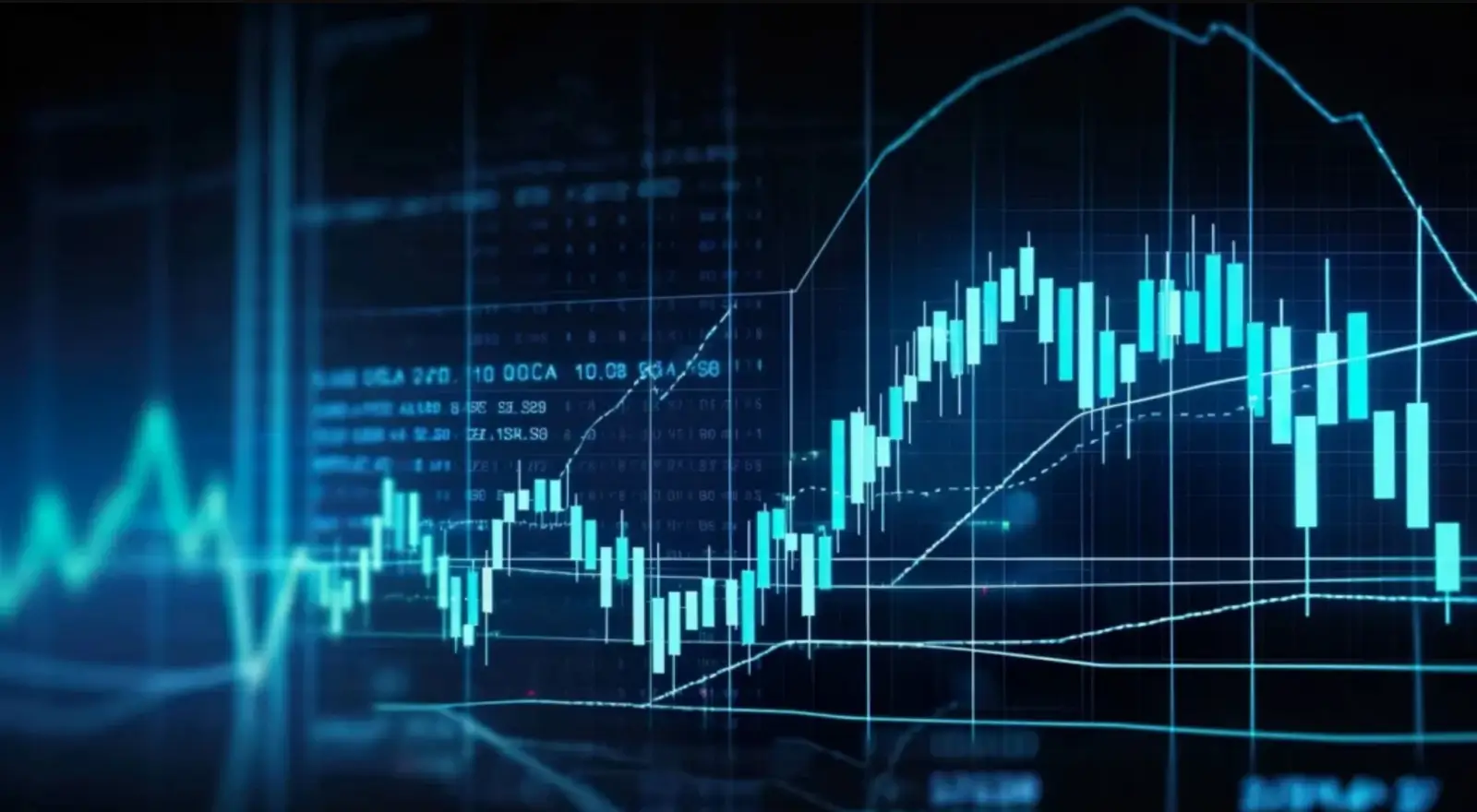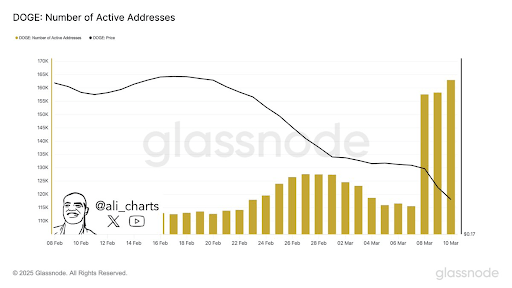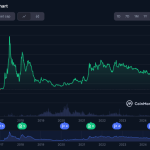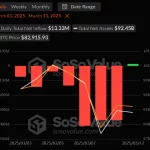Crypto traders utilize several tools to evaluate the cryptocurrency market, one of which is Technical Analysis. This approach enables traders to understand market sentiment and identify significant market trends, aiding in making informed predictions and smarter trades.
Technical analysis evaluates the historical data of a coin using price charts and trading volumes, regardless of the coin’s or project’s nature. In contrast, fundamental analysis focuses on determining a coin’s value.
To grasp technical analysis, one must understand the foundational concepts of Dow Theory, on which it is based:
- The market factors everything into its pricing. All current, past, and future data are already reflected in asset prices. For Bitcoin and crypto, this includes various variables such as demand and regulations affecting the crypto market. The existing price reflects all current details, encompassing the expectations and knowledge of each coin traded. Technicians interpret price movements to gauge market sentiment and predict future pricing.
- Price movements follow trends rather than being random. Once a trend is established, it is likely to continue rather than reverse. Technicians leverage technical analysis to identify and profit from these trends.
- ‘What’ is prioritized over ‘Why.’ Technicians focus on coin prices rather than the variables causing price movements. Multiple factors could influence a coin’s price direction, but technicians closely analyze supply and demand.
- History often repeats itself. Market psychology can be predicted as traders tend to react similarly to similar stimuli.
Trend Lines
Trend lines, indicating a coin’s general direction, are valuable for crypto traders. Identifying these trends can be challenging due to crypto assets’ volatility. Examining a Bitcoin or crypto price movement chart reveals a series of highs and lows forming a linear pattern. Technicians can overlook volatility to identify upward trends through a series of higher highs or downtrends through lower lows.
Additionally, sideways trends occur when a coin doesn’t significantly move in either direction. Traders should note that trends can be intermediate, long, or short-term.
Important tip: Accuracy is crucial when drawing these trend lines! To do it perfectly, hover over each candle to see its lowest price marked as “L” (or the highest, “H,” if the line’s direction is down). Place your line precisely there, extend it, and adjust it as it touches the next candle. Finally, auto-extend the line using the line’s Settings, extending it to the desired side (probably right). This explanation applies to Coinigy charts but should work with other chart applications too.
Resistance and Support Levels
In addition to trend lines, horizontal lines represent support and resistance levels. By identifying these levels, we can draw conclusions about a coin’s supply and demand. A support level indicates a significant number of traders willing to buy the coin, creating a “floor” that often halts the decline and may reverse momentum to an upward trend. Conversely, a resistance level is where many sellers place orders, forming a “ceiling” that the coin struggles to surpass.
Trade-offs can occur between support and resistance levels, with buying near support lines and selling around resistance levels. This often happens during lateral movements.
During a breakout of resistance or support levels, a trend is likely to strengthen. Further reinforcement occurs when a resistance level becomes a support level and is tested from above soon after the breakout.
Note: False breakouts occur when a breakout happens but the trend doesn’t change. Additional indicators, such as trading volume, are needed to confirm the trend.
Moving Averages
Moving averages simplify trend recognition in technical analysis. They are calculated based on a coin’s average price over a certain period. For instance, a moving average for a given day is based on the coin’s price over the preceding 20 trading days. Connecting all moving averages forms a line.
Exponential moving averages (EMA) assign more weight to the most recent price values. For example, the calculation coefficient for the last five trading days of an EMA over 15 days will be twice that of the previous ten days.
The following graph illustrates that if a 10-day moving average crosses above a 30-day moving average, it may signal an upcoming positive trend.
Trading Volume
Trading volume is crucial for identifying trends. Significant trends are accompanied by high trading volume, while weak trends have low trading volume. When a coin declines, checking the accompanying volume is advisable. A long-term trend of healthy growth features a high volume of increases and low volume of declines. Volume should rise over time; if it decreases during increases, the upward trend may end, and vice versa during a downtrend.
Not on Technical Analysis Alone
Technical analysis helps traders identify trends and market sentiment and make wiser investment decisions. However, several key points should be considered:
Technical analysis relies on past coin prices and trading volume. When considering a trade, relying solely on technical analysis is not advisable. In the crypto field, news and fundamental factors significantly impact the market (e.g., regulations, ETF certificates, mining hash). Technical analysis cannot predict these factors, so combining technical and fundamental analysis is recommended for informed investment decisions.
An analyst buying a coin for fundamental reasons can seek technical support or find a good technical entry point, enhancing the trade’s ROI.
From Theory to Implementation: How to Start and Identify Trends?
To begin, an analytics tool for quickly and easily drawing graphs is needed. While crypto exchanges offer graphs, they lack trend lines and provide only partial indicators.
TradingView is a renowned graph and charting service with various options. It is mostly free, except for premium features.
Coinigy offers a comprehensive charting service for all trading coins and crypto exchanges. Register using this link for a 30-day free trial.
This guide covers the basics of crypto technical analysis. Further knowledge in indicators, Fibonacci levels, patterns (like triangles), and more is recommended for implementation. In our next article, you’ll find 8 tips for trading crypto, some focusing on the technical aspect.









